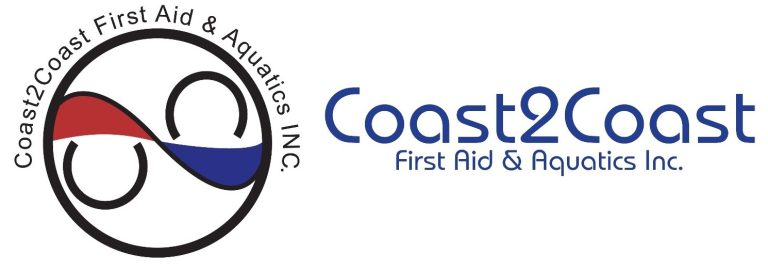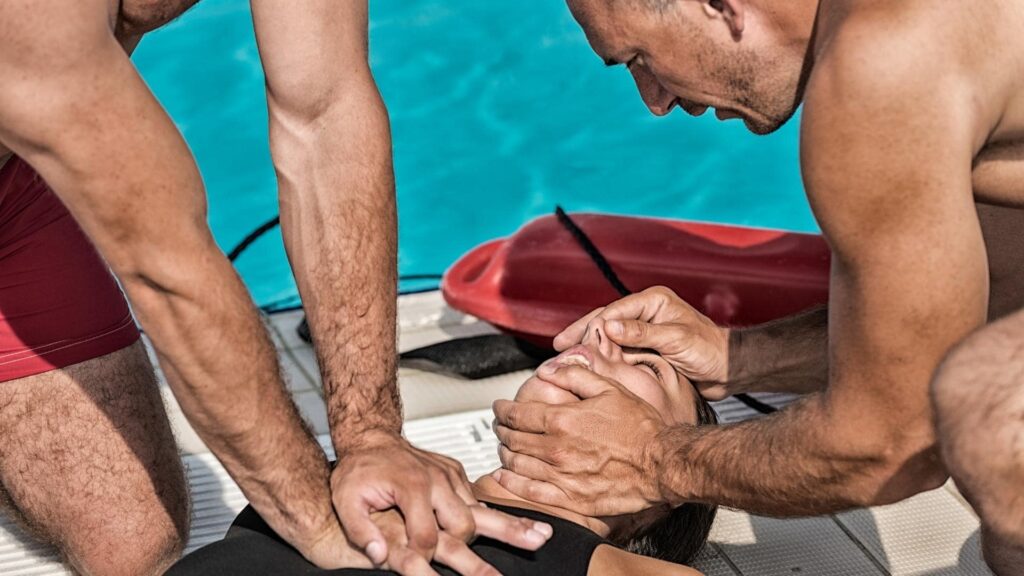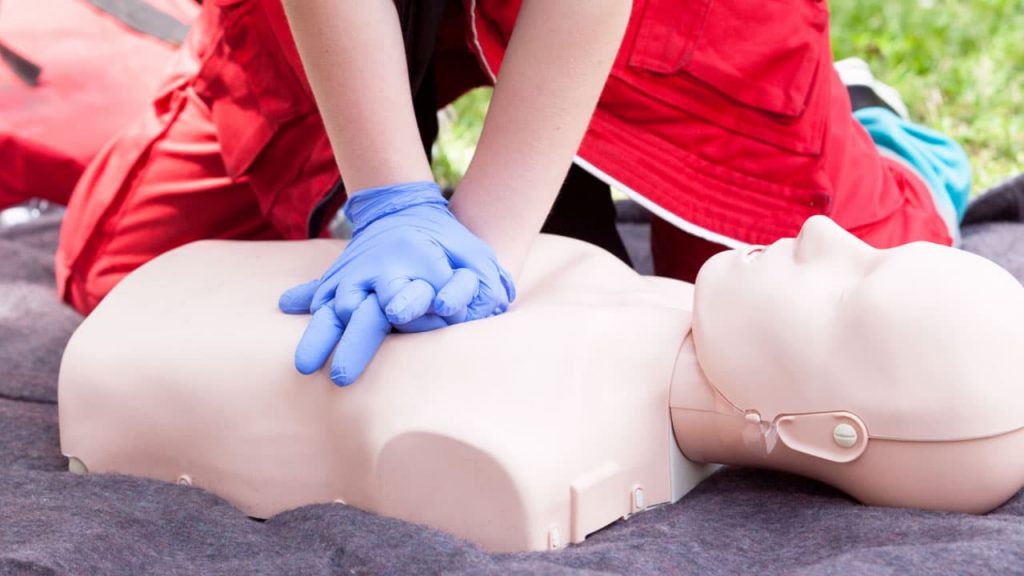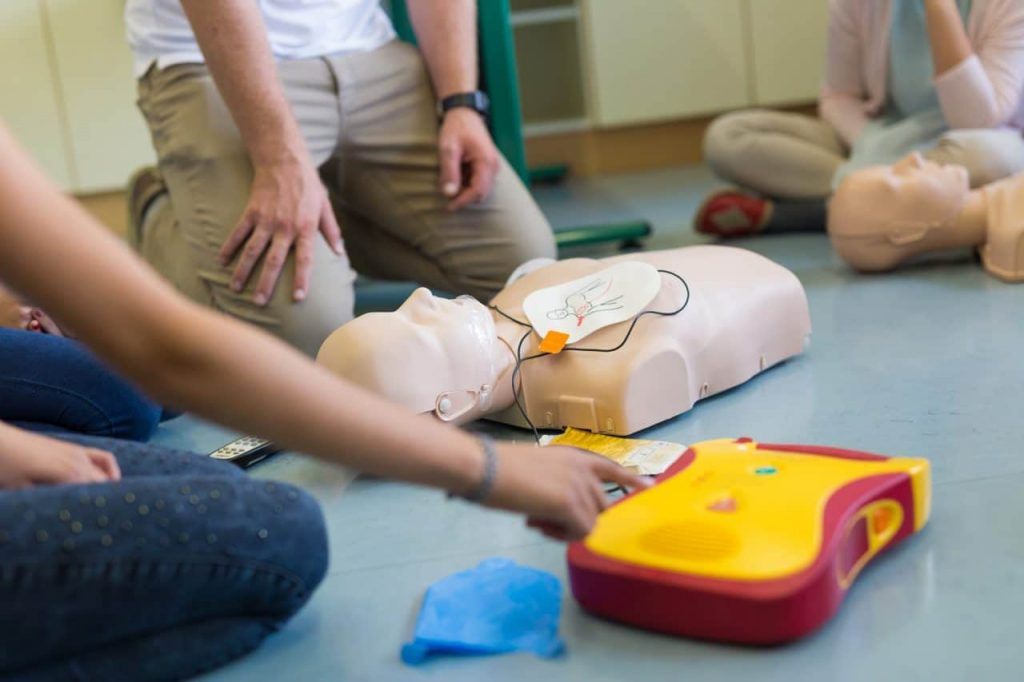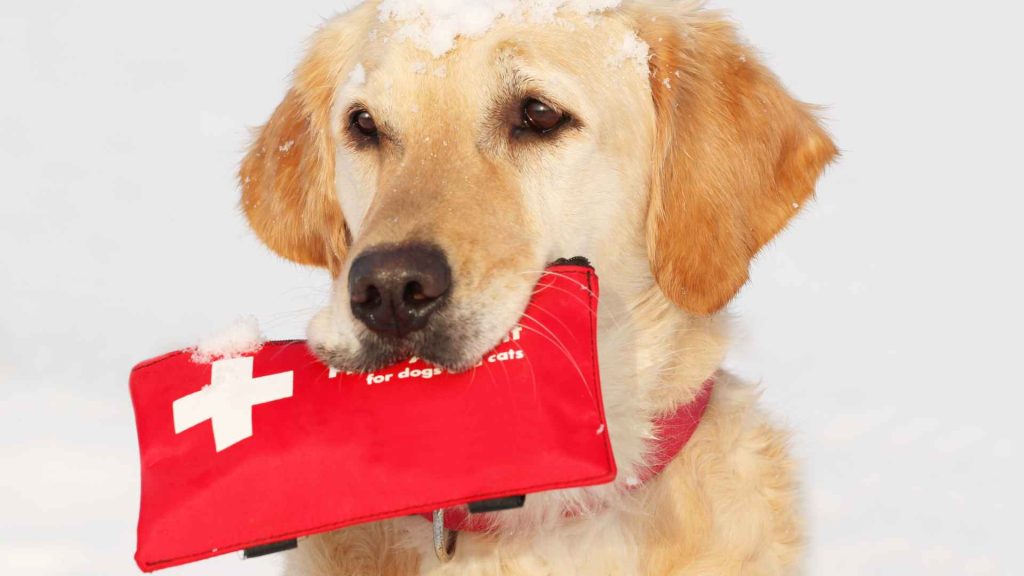During the early phase of drowning, the person’s airway closes to prevent more water from entering the lungs. Involuntarily, the victim cannot breathe, leading to unconsciousness.
When someone’s ability to breathe by submersion in water leads to hypoxia – the insufficient supply of oxygen to the cells – they go into cardiac arrest. Therefore, CPR is the only way to revive someone submerged in water for some time.
Successful resuscitation of a drowning victim in these cases requires mouth-to-mouth CPR instead of compression-only CPR because they have a respiratory origin, meaning that you perform it differently. CPR for drowning and water emergencies, how is it different? Let’s discuss in further detail how to save a drowning victim.
What is Cardiopulmonary Resuscitation (CPR)?
Two of the most common causes of cardiac arrest are a heart attack or near drowning incident.
Cardiopulmonary resuscitation (CPR) relies on emergency intervention to help restore breathing and heartbeat when someone suffers from cardiac arrest.
The CPR techniques differ depending on the cause of the cardiac arrest. The patient may require either chest compressions or rescue breaths to help move oxygen to their brain and other organs by keeping the blood flowing.
When a person is choking, the first step is to remove the obstruction using the Heimlich maneuver. If the person has lost their pulse or cannot breathe, you follow with CPR.
Different Types of CPR Courses
There are several different types of CPR courses. Choosing the best one for you depends on the level of CPR you need for your work. Many people do CPR training to always be prepared to help others if needed.
There are three levels of CPR training:
- CPR/AED Level A
- CPR/AED Level C
- Basic Life Support (BLS)
The only difference between CPR/AED Level A and Level C is that trainees in Level C also learn to respond to cardiovascular emergencies in infants and children.
On the other hand, healthcare professionals, lifeguards, rescue patrols, etc., do the more advanced form of CPR training known as Basic Life Support.
Learn about CPR Course you might need
Certify for First Aid & CPR to assist someone with your life-saving skills as you complete the course with us. Call our toll-free number to know more.
Learn about CPR Course you might need
Certify for First Aid & CPR to assist someone with your life-saving skills as you complete the course with us. Call our toll-free number to know more.
Benefits of Knowing How to Perform CPR
CPR training gives you the confidence to help others during a breathing emergency. During the course, you learn the required steps, starting from assessing the situation and the correct CPR techniques for drowning victims.
Unfortunately, of the 35,000 estimated cardiac arrests annually in Canada, few people survive because help is not at hand. However, when a person with cardiac arrest receives CPR quickly, their chances of survival immediately double.
In cases of drowning where bystanders are on hand to perform CPR for drowning after a short duration of submersion, the survival rate increases considerably. For example, one study published in the U.S. in 2002 showed that 79% survived a drowning incident to hospital discharge thanks to bystander intervention. CPR for drowning is a life-saving CPR technique; if implemented properly, it can significantly impact the rate of survival of a drowning victim.

What is an AED? When and How to Use
The medical device known as an automated external defibrillator helps deliver an electric shock that can help restore the heart’s rhythm in cardiac arrest victims.
You never use an AED on a conscious and responsive patient. However, the device is easy to use because it analyzes the heart’s rhythm.
First, use it to evaluate the person’s heart rhythm by applying the electrode pads to their exposed chest. Make sure their chest is dry, and place one pad below the patient’s right collarbone and the second below the armpit of the left side.
Once the device determines cardiac arrest, it will notify you that a shock is required. Then, depending on the device, it either applies the shock itself or prompts you to start it.
The protocol for using an AED follows medical protocols and includes using an AED combined with CPR. Always make sure that you don’t press the power button accidentally.
What to Do in the Event of Drowning?
As we mentioned earlier, you perform CPR for drowning differently because of the water in the lungs, and sometimes the stomach causes cardiac arrest. The cardiac arrest caused by hypoxia requires mouth-to-mouth resuscitation, also known as CPR for water emergencies, because compression-only CPR is ineffective. Even if a near-drowning victim has been submerged for a long period, CPR may still be effective – especially in cases where the water is cold. Being unable to act quickly might lead to unfortunate events. So, in order to prevent that from happening, you need to follow certain steps.
Here is what to do if faced with a drowning person:
- Immediately get help from a lifeguard or call 911.
- If there’s no lifeguard, it’s safe, and you can swim, get the person out of the water and place them on their back.
- If the person does not breathe but has a pulse, start giving them breaths at a rate of one every five to six seconds, ensuring that their chest rises.
- If the person is not breathing and has no pulse, you can safely assume they are in cardiac arrest. Apply the required CPR and AED immediately. When using the AED, make sure to dry the chest first. Practicing cardiopulmonary resuscitation after drowning is a crucial step in first aid training.
- Compressions can cause a patient to vomit and aren’t used. Nonetheless, if the patient vomits, turn them to the side.

Drowning First Aid: Save a Life with CPR
Drowning is a life-threatening emergency that requires immediate action. Knowing CPR techniques, including rescue breaths and chest compressions, can make a crucial difference in saving a drowning victim. When faced with a water rescue, prioritize calling for help and removing the person from the water as quickly and safely as possible. High-quality chest compressions will ensure adequate circulation of the blood to perfuse the body’s tissues. This, in conjunction with rescue breathing in a drowning victim, may increase the chance of survival of the victim.
If the victim is not breathing but has a pulse, administer rescue breaths. For victims who are not breathing and have no pulse, begin CPR and, if available, use an AED after drying the victim’s chest until help arrives. Remember, chest compressions are typically not recommended in drowning cases due to the risk of vomiting. Taking a CPR training course equips you with the skills and knowledge to confidently respond to water emergencies and increase the chances of a successful resuscitation after drowning.
Find a CPR Training Near You
Get the necessary CPR training to help you help others in any incidents that lead to cardiac arrest. The best CPR course for you depends on the level of training required, but at Coast2Coast, you have a choice of courses at several locations in the Greater Toronto Area, Western and Eastern Ontario. Schedule your training or recertification today, ensuring you can help save the day for any cardiac arrest victims, including those from drowning.

